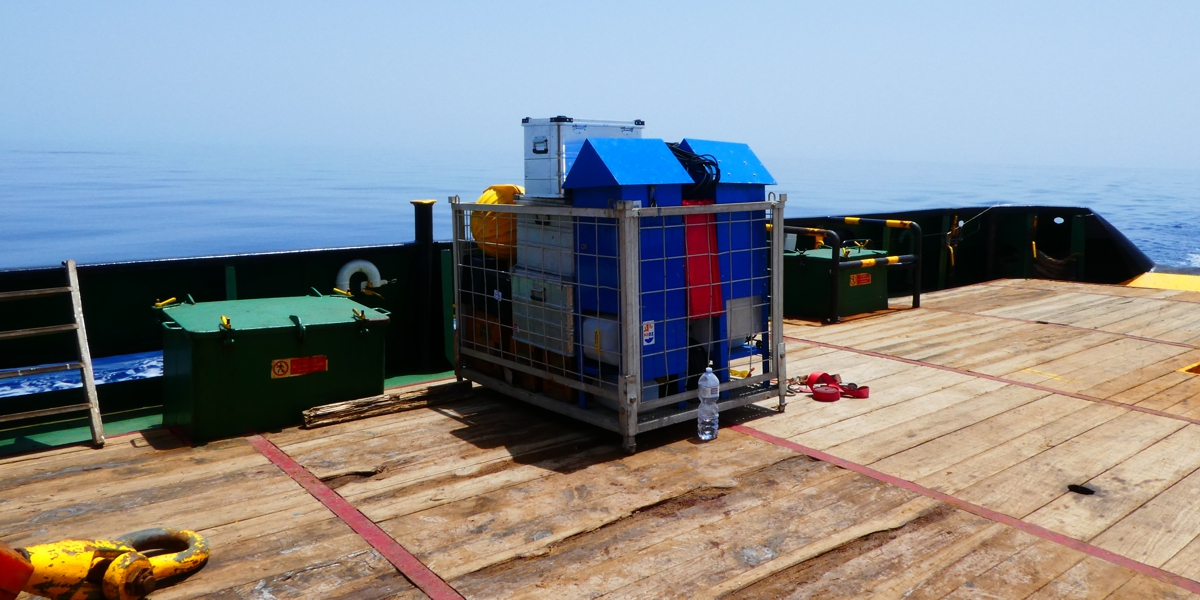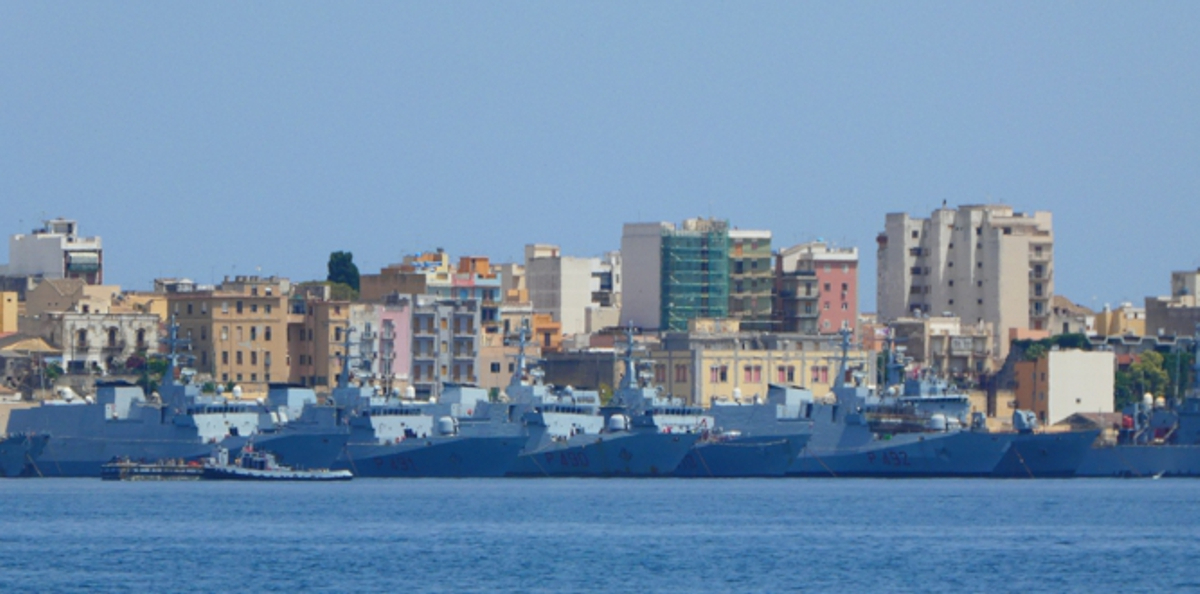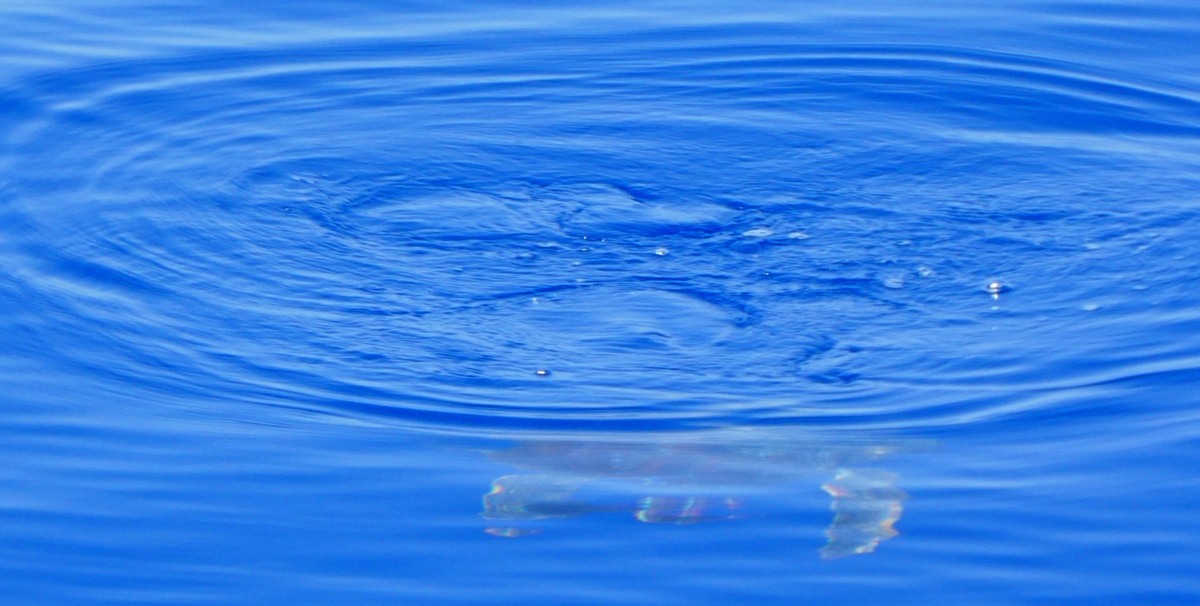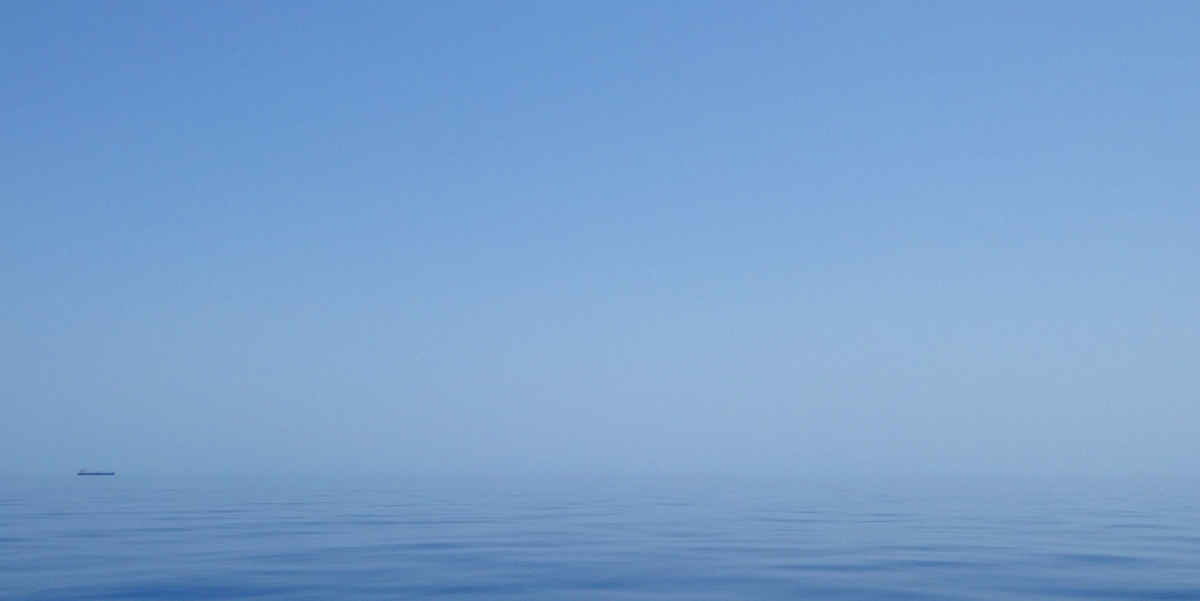The aim of the expedition was to recover the sediment trap, which had been collecting material settling through the water column at a depth of about 2,300 m and on a 10-day temporal resolution, and re-deploy it. The time series is one of the longest in the world and its scientific value is growing continuously. As part of the UU-NIOZ collaboration PhD student Anouk van Boxtel has started working on the mooring samples with specific interest in the Saharan dust provenance, composition and marine-environmental effects. Anouk teamed up with UU PhD student Addison Rice who is particularly interested in the seawater properties (temperature, alkalinity, etc.) in this part of the Mediterranean Sea, which is well-known for its amplification of global warming.
In this blog you can join us in this short expedition and learn about what we have been up to in this deserted part of the Mediterranean Sea. Unlike previous blogs, this one reads from top to bottom.
Loading the ship
Three times already we had to cancel the attempt to service the sediment-trap mooring due to bad weather. Therefore, our equipment has been in Italy for quite some months already and could now finally be loaded onto the ship for our fourth (spoiler: and successful!) attempt.
Below you see how the anchor weight (kindly provided by our Italian colleagues and consisting of two old train wheels weighing ~400kg each) is about to be heaved on deck.

Coffee break
We quickly get used to drinking coffee "Italian style"; a quick shot of highly dense caffeine in either hot or iced form.
Augusta harbour
Like Den Helder, Augusta is a navy harbour with many men-o'-war. Unlike the Dutch grey for high-latitude 'camouflage at sea', these ships are almost baby-blue!

Dust is in the air?
Is it the heat that causes the haze, is it the Etna volcano that is spilling gas or is it Saharan dust that we are seeing? To be sure, we install the high-volume dust collectors at the front of the ship.
Mixed aerosols
One day of sailing upwind (a transect of about 180 nautical miles = ~330km) later we can see what has been obscuring the sun, foremost when she was standing low above the horizon; by the orange-ish--grey colour it is most likely a mixture of volcanic ash and Saharan dust. Analysis at home in the lab will tell!
Dusty sunset
In the evening of the first day at sea, we enjoy a beautiful sunset above a nicely calm sea. Usually our dusty studies take us to the subtropical eastern North Atlantic where the Trade winds always blow and where the sea is usually quite choppy. In these seas and on this ship, we hardly realise we are at sea at all!
Breakfast is served
Below you see the breakfast that is served every day; a fresh cup of strong coffee. The Italians are well-known for their delicious food, which we enjoy every day. However, only during lunch and dinner does Fernando prepare an entire meal. Breakfast is coffee.
Mooring recovery
The sediment-trap mooring's anchor had been standing on the sea floor for quite a few years already and we were not so sure if the batteries of the releases had enough power to still work properly. Therefore, we were quite relieved when the releases 'anwered' (through an acoustic signal exchange with the deck unit on board the ship) and reported that the release had worked well. The first things to break the ocean surface were the yellow floats. Inside the yellow plastic jacket there is a hollow glass sphere with a buoyancy of about 25kg. Together the N=11 floats have anough buoyancy to lift the whole mooring towards the surface, where we can pick them up.
Good catch!
After less than an hour, and quite some improvising by Yvo and the ship's crew to get all the equipment on deck, the sediment trap is safely secured and we can harvest the 'catch'. Below you see the lower carrousel of the two in the trap, each containing 20 bottles. When we deployed the trap, we had programmed them to rotate one position every 10 days. These bottles do contain a little bit of material, which had settled into the funnel during 10 days. This is a mixture of many different types of plankton remains, organic matter, volcanic ash, and Saharan dust, to be analysed in detail back home in the lab.
Drop the anchor!
After replacing the batteries and exchanging some parts on the sediment trap, installing the new empty bottles and programming the control unit for another 10-day resolution sampling, the mooring is ready to be re-deployed. Here you see how Yvo is ready to deploy the last bit of the mooring: the anchor consisting of two old train wheels of about 400kg each.
We're done here: let's go home!
Directly after releasing the anchor, we set sail towards Tug Macistone's home port: Augusta on Sicily. The Mediterranean Sea is amazingly flat and therefore we can make good speed of about 10 knots.
Blowing in the wind
Now that our work is actually done, it is time to pack and organise the trip home. We wash our laundry in the washing machine and decide to dry our clothes in the blazing sun and wind caused by the ship's speed; a natural drier! The ship's crew had never seen our equipment before and this way of drying laundry is another first for them....
Tartaruga
With the ocean surface being so astonishingly flat, we spot several turtles (Italian: tartaruga). The crew is quite thrilled to see them as this means that the marine ecosystem is doing well. They are not so easy to catch on camera as they tend to dive down as soon as the ship approaches.

Where is the horizon?
With the sea being so calm, the temperature so high and the sky so blue, it is hard to make out the horizon...

Return to Augusta
Within three days after departure we return to the port of Augusta, Macistone's home port. We are very thankful to Master Pepe and his crew on the bridge and bosun Fernando and his crew on deck for a very pleasant stay, wonderful hospitality (and food!) and excellent and successful work.
Arrivederci, we hope to see you back again soon!